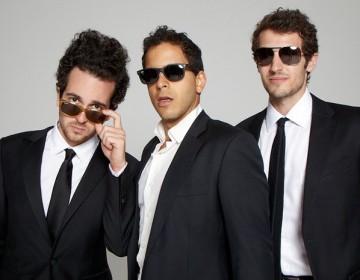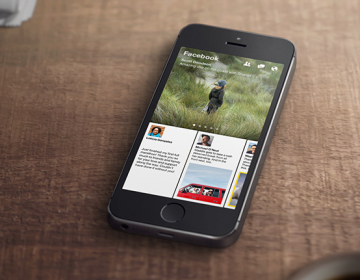Question Everything, Including Billboard Twitter Charts

By Ruben Lone
You’d be remiss not to recognize Twitter‘s cultural influence. It’s a platform that single-handedly…well, 255-million-handedly, measures local, national, and global states of affairs instantly and democratically. Save for the few countries with governmental crackdowns on social media, including China, Iran, North Korea, and now Turkey, Twitter is the realtime measurement of the pulse of the internet. Not to digress, the microblogging service has become ubiquitous in all sects of society, with a huge influence on and reflection of the shape of the music industry.
The word “industry,” to be clear, denotes the production, dissemination, promotion, and consumption of music and its effects, as not suggest composition, creation, and artistic music production. Today’s music industry continues to sink its roots deeper into the soil of trending data, harvested in fields of news feeds, blogs, and social media shares inundated with weeds and the occasional, refreshing cultivar. Highlighting the influence of this data, Twitter recently partnered with Billboard to create a real-time chart that tracks the popularity of songs from hour to hour. The chart feels frighteningly similar to a stock ticker, inflating confidence for labels and PR companies, while exciting the fans that invest time supporting their favorite new artists. Titled the “Top 140,” the Billboard Twitter chart has created a system of measurement that more than foreshadows an impending bubble of pop music successes, it may very well portray the hubris of the music industry at large.
It’s hard to find a distinction between the words “trendy” and “trending,” the latter of which is more aptly suited to bursts of social media presence, the former to cringe-worthy memories of your high school apparel. So what musician in today’s industry wouldn’t want to be a trending artist? And what musician, unblinded by the perils of trapping label deals and a lack of artistic integrity, would want to be trendy? The words have become more synonymous over the years, as trending topics in the news and on social media shift as rapidly as adolescent tastes in music and fashion.
It’s disconcerting that these charts, along with certain record labels that intend to use this data to sign up-and-coming talent, will inspire a generation of young musicians to use Twitter as their primary outlet on the road to success. The Billboard Twitter chart offers a daily emerging talent list for artists that have less than 50k followers and have never broken onto the top 50 of Billboards “Hot 100” chart, but the message is the same: if you can garner enough attention on Twitter, you too can get earn a place on the Billboard chart.
We’ve created an industry where popularity is more easily achieved than monetary success, a point to which some would argue properly places value on music and not money. But the landscape stretches far beyond the tensions between art and commerce. We’re at risk of plaguing the industry with relentlessly hopeful artists that could take a by-any-means-necessary approach to procuring a fanbase, good musician or bad musician. We’re giving influence to those who exploit a system where virality trumps merit, before merit begets attention. And this doesn’t consider the worrisome potential of labels pumping money into street teams, PR companies, or engaging fans on Twitter to boost an artist’s visibility in exchange for rewards.
This doesn’t imply that the real-time charts are inherently bad, but it’s important to realize that data is meant to be analyzed in context. Billboard is a reputable outlet for music data and news. And Twitter is unarguably one of the most powerful social and political networks that the world has ever seen. But those reputations could easily work to manipulate the influence the two superpowers have over modern culture, even if their intentions are good.
We shouldn’t let numbers blindside us into believing that Twitter, of all places, offers a definitive rundown of who’s hot and who’s not. If anything, the charts offer some transparency into just how fickle modern consumers’ tastes are (in one hour alone, I watched Iggy Azalea jump from who knows where to #1 on the chart, as Ne-Yo was knocked swiftly from #3 to #20). Twitter and Billboard recognize their own potential as omniscient tastemakers — it’s the same kind of trickle-down popularity to which many of us have grown accustomed and ambivalent. But as the industry approaches the height of a transition in music consumption, we shouldn’t tilt the already shaky platforms that underpin the future of music and artists.






![[Interview] Taku Harada, CEO of ColorSync](https://www.soundctrl.com/wp-content/uploads/2014/01/Screen-Shot-2014-01-08-at-10.57.19-AM-360x280.png)